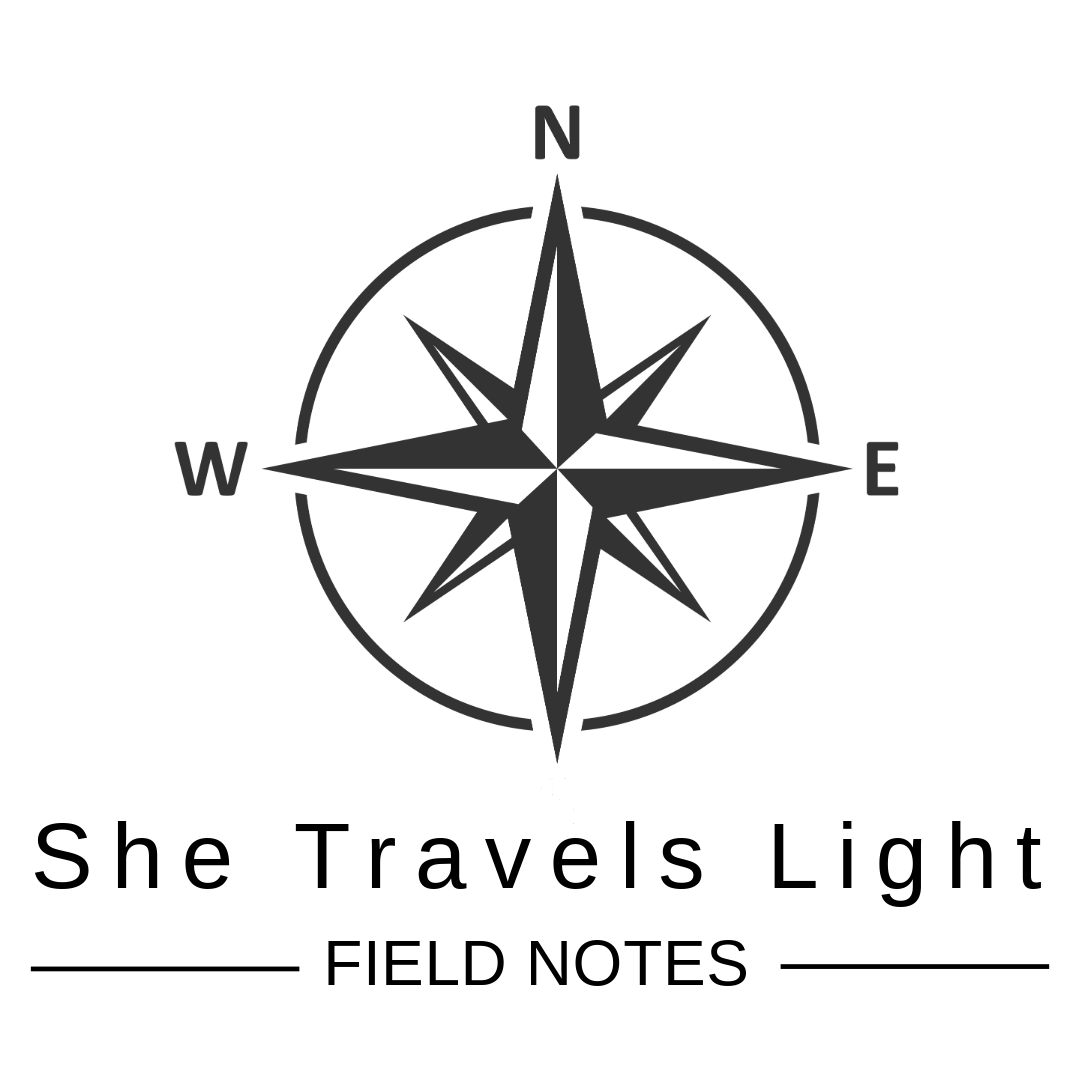Lessons in Contrast: A Day Inside a Korean High School
We started the day bright and early, piling into our bus for what would be our first real immersion into South Korea’s public education system. Dr. Woo’s alma mater—an all-girls high school—sat right next to its all-boys counterpart, their sleek, modern buildings a far cry from what most American public schools look like. If anything, it reminded me of a private school back home—pristine hallways, well-maintained classrooms, a campus designed with both function and comfort in mind. And yet, this was a public school. That fact alone was staggering.
In the U.S., public schools are hit or miss—some are well-funded and cutting-edge, while others are held together by duct tape and outdated textbooks. Here, the investment in education was clear. The classrooms weren’t overcrowded, the facilities were up-to-date, and the library—where we gathered before heading to our assigned classrooms—was the kind of space that made you want to stay a while. It wasn’t just books and desks. It was cozy seating, quiet nooks for studying, and places to rest. A space designed not just for academics but for well-being. It was the first of many moments that made me realize that this was going to be an eye-opening day.
Each classroom had two of us assigned to it, and I was paired with Chad, who works in New Mexico as a cooking teacher for high schoolers, in the foreign language classroom. Our activity? A paper quilt. The inspiration for this activity came from Pojagi (보자기), a traditional Korean patchwork technique that mirrors American quilting in its craftsmanship and symbolism. We asked the students to illustrate their own squares—drawing things they loved, music, food, hobbies, and places that defined them.
As we pieced them together, connections emerged: One student drew her favorite K-pop group, while another sketched a beloved dish. I added my own square, filled with references to K-dramas and music I love, and suddenly, we weren’t just visitors—we were part of the conversation. Before long, we were deep in debates over our favorite K-pop idols, swapping song recommendations and trading stories about life back home. It was easy, organic, human.
And then came the harder questions.
At some point, the questions shifted. We weren’t just talking about music, food, or travel anymore. The students—sharp, inquisitive, unafraid—asked us about violence in American schools (I had experienced similar questions before when visiting a school in Denmark back in 2017, so this wasn’t a surprise, sadly). They asked about human rights, the differences between our countries, and what it was really like to grow up in the U.S.
There’s no neat, easy answer to those kinds of questions. We didn’t want to gloss over the reality, but we also had to be careful. So we were honest but diplomatic. We acknowledged that no country is perfect, that America has deep-rooted issues, but that change happens, even when it feels slow. That even when headlines paint a bleak picture, there are people fighting for better. They listened. They nodded. And we moved forward.
After the formal class session, we had time to just exist with the students. No structured lesson plan. No activity sheets. Just a chance to talk. Not all of them were fully fluent in English, and obviously, our Korean was shaky at best. But between broken phrases, Papago translations, and a lot of laughter, we made it work. They asked us about our favorite foods, what we thought of Korea, what we missed from home. We answered in whatever way we could, grateful for the chance to connect beyond surface-level small talk.
I’ve spent time in public schools across different age groups, but today wasn’t just another classroom visit. This was something different. This was seeing firsthand what happens when a country treats education as an investment, not an afterthought. When schools aren’t underfunded, overcrowded, and struggling to keep up. It made me rethink my own views on what education could and should be. And maybe, just maybe, it planted a seed—a thought that these kinds of experiences shouldn’t just be something we reflect on.
They should be something we act on.
